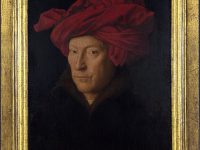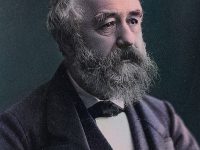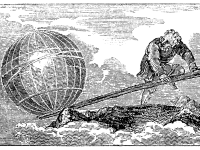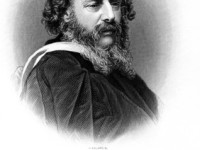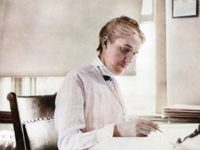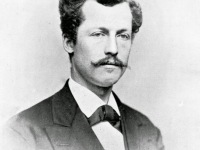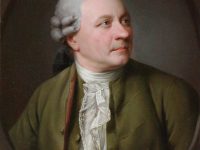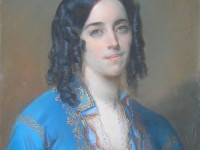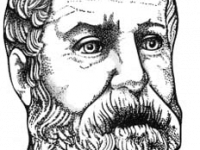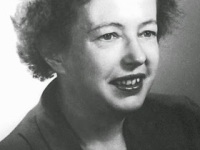Jan van Eyck – the King among the Painters
On July 9, 1441, Dutch painter Jan van Eyck passed away. He was one of the early innovators of what became known as Early Netherlandish painting, and one of the most significant representatives of Early Northern Renaissance art. He initiated the new naturalistic art epoch north of the Alps. Because of his perfect painting technique and his sense for a true-to-life representation, he was even called “king among painters” by many authors.…
Read more

